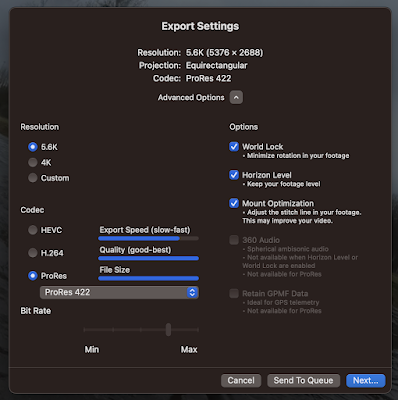Text books:
- The Economy - Free, open access, introductory text targeting undergraduate learning ...more
- Economy, Society, and Public Policy - Free, open access text that uses policy problems to motivate learning the concepts and methods of economics ...more
- Doing Economics: Empirical Projects - Exercises with real source data for working through policy problems ...more
Part 1.1 The behaviour of average surface temperature over time
R Studio orientation (youtube link)
DataCamp's R tutorial series (youtube link)
Q 1. Why measure temperature as 'anomalies' rather than as absolute values? The use of 'anomaly' measure focuses attention on 'difference' rather than the amount. Absolute values will vary from place to place. Calculations can be swamped by intrinsically large constant component of absolute values (analogous to mantissa and exponent of floating point numbers). Anomalies will tend to agree in time and extent if a global change occurs (both the hot and the cold will get a little hotter, or a little colder in tandem).
Import the data file into R.
A csv file is a 'flat file' and is easily imported in R as a 'data frame'.
The utils package is loaded by default.
Use read.csv() - this function handles typical default values corresponding the usual way that csv files are laid out (i.e. with header = TRUE etc)
> tempdata <- read.csv("NH.Ts+dSST.csv", skip=1, na.strings = "***")
R Studio orientation (youtube link)
DataCamp's R tutorial series (youtube link)
Q 1. Why measure temperature as 'anomalies' rather than as absolute values? The use of 'anomaly' measure focuses attention on 'difference' rather than the amount. Absolute values will vary from place to place. Calculations can be swamped by intrinsically large constant component of absolute values (analogous to mantissa and exponent of floating point numbers). Anomalies will tend to agree in time and extent if a global change occurs (both the hot and the cold will get a little hotter, or a little colder in tandem).
Import the data file into R.
A csv file is a 'flat file' and is easily imported in R as a 'data frame'.
The utils package is loaded by default.
Use read.csv() - this function handles typical default values corresponding the usual way that csv files are laid out (i.e. with header = TRUE etc)
> tempdata <- read.csv("NH.Ts+dSST.csv", skip=1, na.strings = "***")

